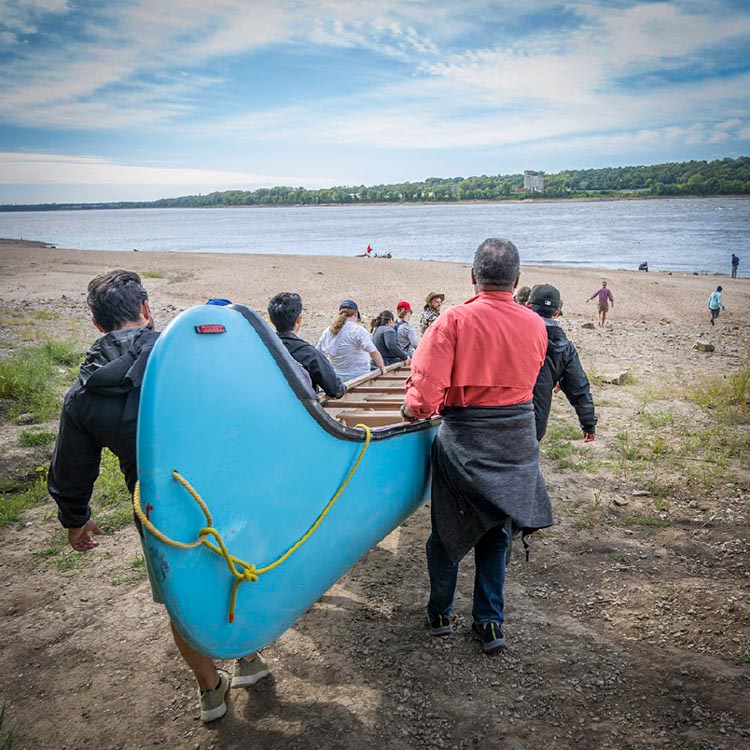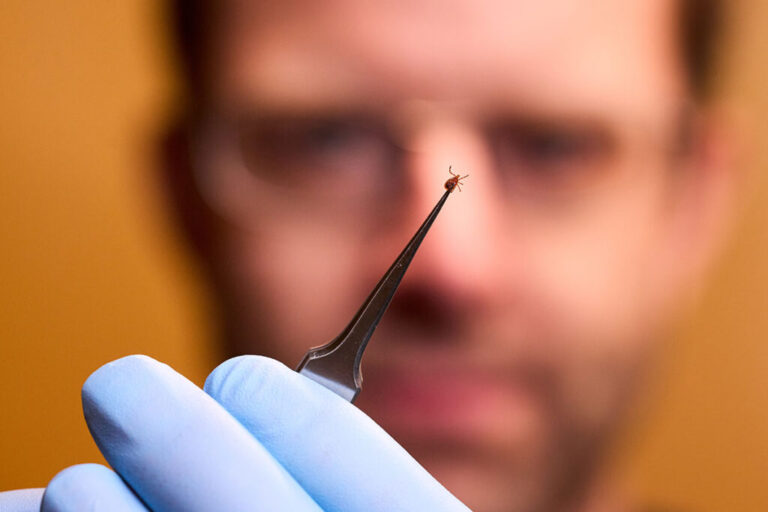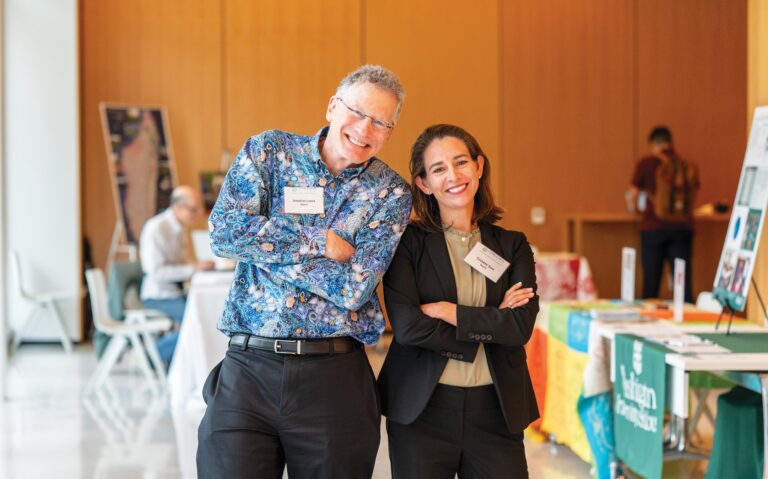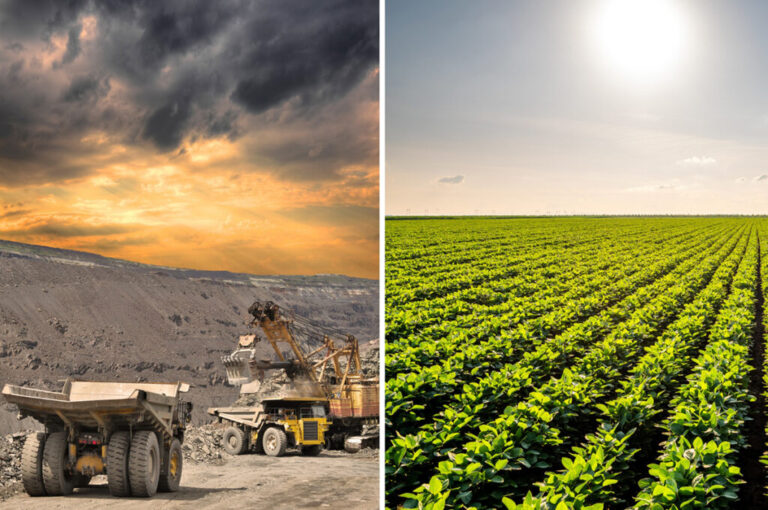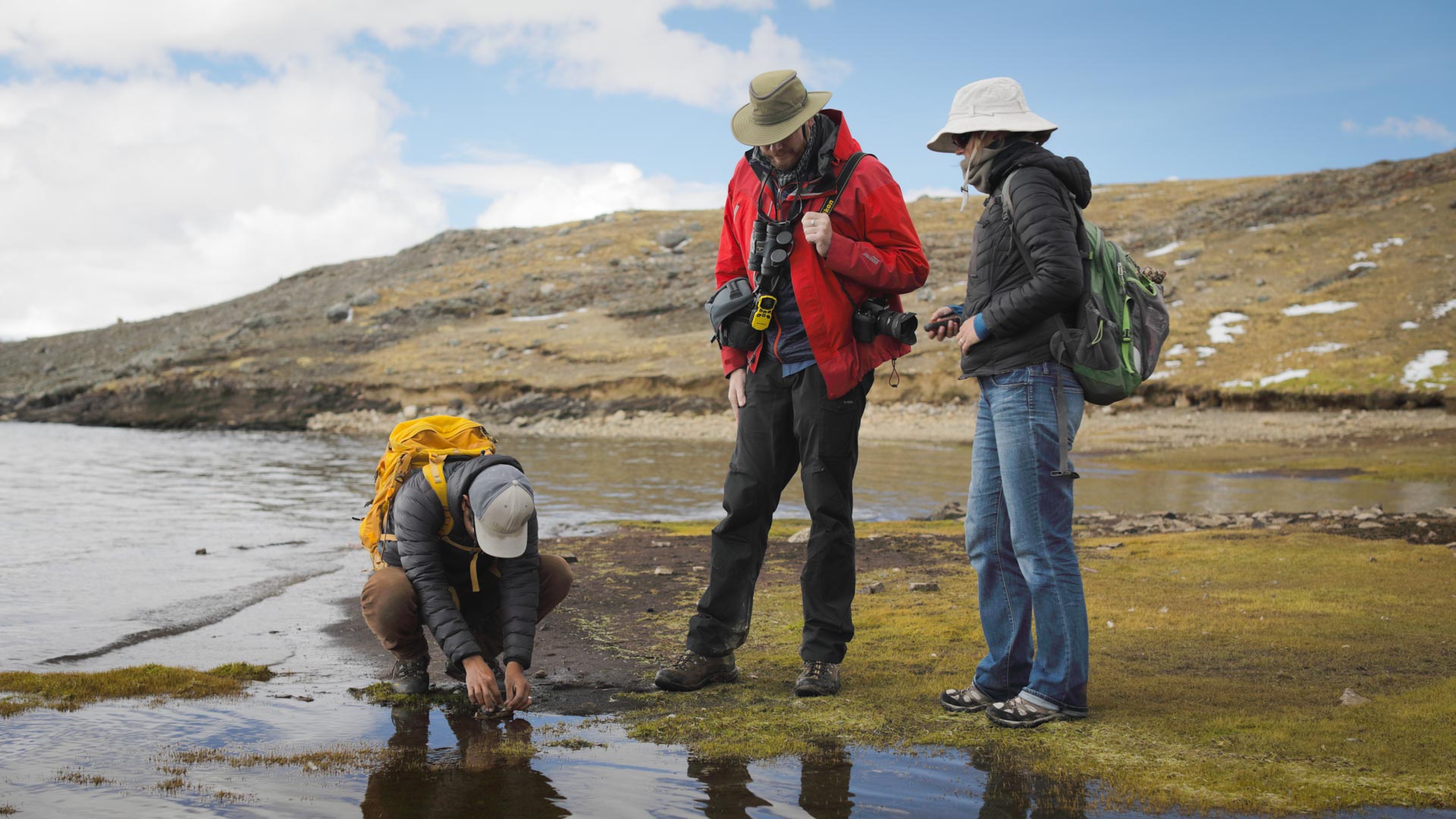
The Center for the Environment is an interdisciplinary hub of environmental research that is committed to generating transformative solutions to our deepest societal challenges including: climate change, air pollution, access to clean water, food insecurity, biodiversity loss and infectious diseases.
By the numbers
113
Center scholars
29
Proposals/Grants supported
500+
Activity participants
228
Journal articles published
in 2024
The Center’s mission
The center serves as a cross-cutting collaboration hub, encouraging partners, faculty and students to advance research projects in areas including biodiversity, environmental justice, planetary health, environmental solutions, and climate change. Here’s a closer look at who we are, what we do, and why it matters for our community, our region and our world.
Featured research & stories
WashU Experts: How to stay safe from ticks and mosquitoes in the Midwest
Before venturing out into the woods, a nearby park or even your backyard, keep an eye out for mosquitoes and ticks, which can be vectors, or carriers, for pathogens that can cause disease.
Global biodiversity begins at home with the Living Earth Collaborative
Combining the forces of WashU, the Missouri Botanical Garden, and the Saint Louis Zoo, the Living Earth Collaborative works to protect the plants and animals of the world — for their sake and ours.
Electrochemical method supports nitrogen circular economy
Imagine a world where industrial waste isn’t just reduced, it’s turned into something useful.
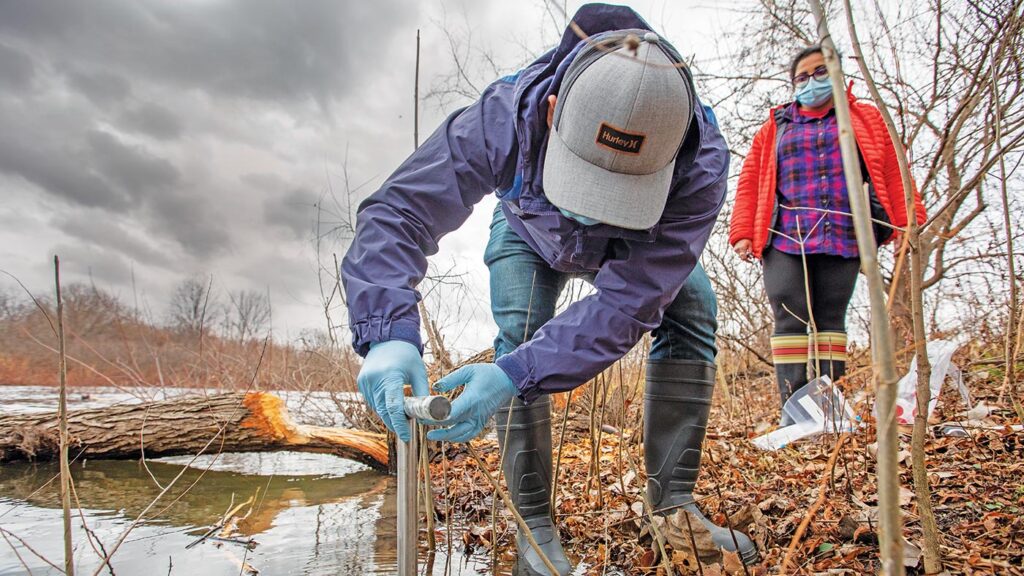
The WashU ecosystem
Within the WashU ecosystem of environmental research, education, and practice, the Center for the Environment serves as a connector. Much like a biodiversity corridor, we work to create space where our partners within the ecosystem and across distinct disciplines come together to address our world’s biggest environmental challenges.
In the news
Electrified cactus? How Kansas City musicians take inspiration from the natural world
Just like the classical masters before them, Kansas City composers use local landscapes as inspiration for their work.
A surprise find in Michigan shows the extent of ancient Native American agriculture
Archeologists studying a forested area in northern Michigan say they’ve uncovered what is likely the largest intact remains of an ancient Native American agricultural site in the eastern half of the United States.
A north St. Louis farmers market gets help from a WashU program
Construction of a north St. Louis farmers market and pavilion is moving forward, thanks in part to a new Washington University program where students design structures for local organizations.
Connect with us
Upcoming Events
